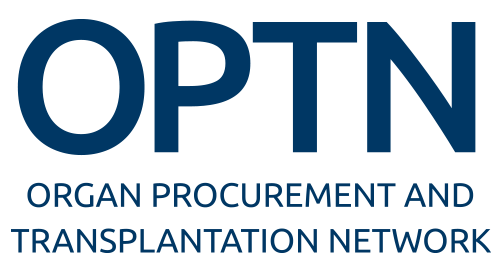Learn about CPRA
How Calculated Panel Reactive Antibodies score is calculated and used
What is CPRA?
A Calculated Panel Reactive Antibody (CPRA) score estimates the percentage of donors from whose organs you would be incompatible. Since patients with high CPRA scores have fewer potentially compatible donors, those who have a high cPRA and are in need of a kidney, pancreas or lung receive extra priority when a compatible organ becomes available. Patients with low CPRA scores are likely to be compatible with a larger number of donors.
To determine CPRA score, your transplant team will take a sample of your blood, and they use the test results to determine the Human Leukocyte Antigen (HLA) antibodies present on your white blood cells. Those antibodies go into an established formula with HLA frequencies derived from the HLA types found in more than two million potential stem cell donors.
When a transplant team submits the unacceptable antigens for a patient, the CPRA calculator automatically calculates the CPRA value. Whenever a transplant team updates a patient's unacceptable antigens, the system will automatically recalculate the value.
What is HLA?
Every cell in the body has small markers on the outside called Human Leukocyte Antigens. These markers help your white blood cells tell the difference between cells that belong to the body, and others such as infections, cancers or a transplanted organ. When white blood cells detect a cell that does not seem to belong in your body, they trigger an immune response to it by making HLA antibodies. This is part of how the immune system fights infections and cancers.
HLA is important in organ transplantation for two main reasons:
First, a body may reject any transplanted organ (e.g., kidney, pancreas, heart, lung, liver, and intestine) because the recipient's immune system recognizes the organ as foreign and initiates a rejection response (this can be in the form of antibody production) which could eventually destroy the organ. Patients receive anti-rejection drugs after a transplant to prevent antibodies from forming.
Second, because of previous medical events, some patients have already developed antibodies to specific HLA antigens. Most people waiting for a transplant (around 70-80%) are not sensitized.
Patients can become sensitized to HLA antigens because of:
- Pregnancies. About 30-50% of women with three or more pregnancies will develop HLA antibodies. In some women the antibodies could be present for just a short time (weeks to months), while in others they may persist for many years.
- Blood transfusions. About 50% of patients who receive multiple transfusions will develop antibodies. Today, most patients who require blood transfusions receive filtered blood, which decreases the chances for a patient to become sensitized.
- Previous transplant. About 90% of patients develop HLA antibodies within two weeks of a failed graft. However, by the time the patient is relisted some will have "lost" their antibodies.
- Viral/bacterial infections. There are some reports that patients with certain infections develop HLA antibodies, although this is relatively.
- Antibody: A protein molecule produced by the immune system in response to a foreign body, such as virus or a transplanted organ.
- Calculated Panel Reactive Antibody (CPRA): An algorithm used to determine what proportion of deceased donors a potential candidate may be unable to accept due to immunologic incompatibility.
- Human leukocyte antigen (HLA): Proteins on the surface of a cell that differentiate between self and non-self.
- Allele: One of two or more versions of a gene, which in the context of organ transplant normally refers to the genes that create HLA proteins on the surface of a cell. Often this term is used to refer to a higher resolution typing of HLA typing, which is more specific than the serologic antigen-level HLA typing.
- Antigen: An antigen is the protein on the surface of a cell that can induce an immune response. In the context of organ transplant, an antigen normally refers to the HLA of a candidate or donor. Often this term is used to refer to “serologic antigens”, or the broader reactivity groups that the different alleles can fall into.
- Unacceptable Antigen: Alleles or antigens that a potential candidate has a high level of antibodies toward, and therefore would not be able to accept a donor with these HLA due to immunologic incompatibility.
- Loci: Locations on a chromosome where genes are found. There are 11 HLA loci primarily used in evaluation of organ compatibility and used in the CPRA calculation.
- Sensitization: Transplant candidates are "sensitized" if their immune system makes antibodies against one or more HLA antigens or alleles in the donor pool. Sensitization usually occurs as a consequence of pregnancy, blood transfusions, or previous transplantation. Highly sensitized patients are less likely to match with available donors and more likely to reject an organ than unsensitized patients.



